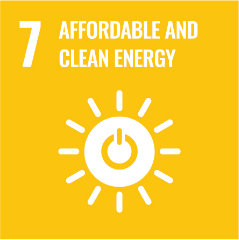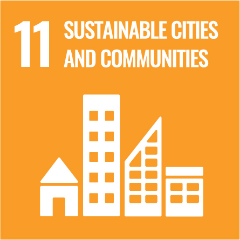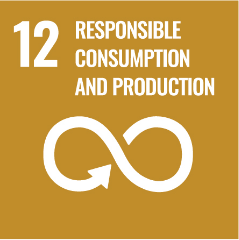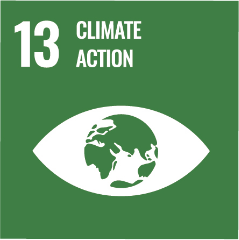| Aspect | Highlight of Environmental Measures |
|---|
| Resource Efficiency | - “Slim and Trim” cumbersome procedures and obsolete practices to promote smarter, greener practices in our operations and increase efficiency and effectiveness, for example:
- Encourage a smart work culture and adopt the benefits of digitalisation, e-workflows and new information technology.
- Implement various CO-i projects, such as SMARTiMATE and an e-Forms system, to shorten processing times and save paper.
|
|---|
| Waste Reduction | - Issue green housekeeping guidelines to promote waste reduction practices, recycling and handling, for example:
- Adopt electronic functions / systems to reduce paper consumption and the reuse of materials (e.g. printing on both sides of paper and envelopes) instead of using virgin materials.
- Set up collection points to collect materials such as metal and plastic waste for recycling throughout our offices.
- Formulate waste reduction measures against our annual targets to monitor the progress.
|
|---|
| Waste Management | - Encourage clients to use resources more efficiently during constructions.
- Recommend the use of pre-cast concrete, on-site sorting of Construction and Demolition (C&D) waste, and recycling or upcycling used construction materials.
|
|---|
| Energy Saving | - Reduce energy consumption by managing our energy consumption across our operating premises is the key to ensuring efficient energy utilisation, for example:
- Refer to the ISO 14001 standard for improving the environmental performance of our office operations and ISO 50001 for managing energy at our APB Centre.
- Use occupancy/motion sensors to automatically switch on and off the lighting in areas with low traffic flow.
- Maintain room temperatures to 25.5oC to avoid excessive cooling.
- Set all office equipment to energy saving mode during office hour and switch off the equipment after office hour.
- Monitor energy use pattern to identify abnormalities in energy consumption and explore energy efficiency enhancement opportunities, such as lighting retrofitting works at our offices. Target on energy saving is set annually to further drive the energy reduction effort.
|
|---|
| Water Reduction | - Manage our consumption of water across our operating premises to ensure efficient water utilisation, for example:
- Use auto-sensing taps and dual flush cisterns to avoid excessive use.
- Conduct regular inspections and maintenance of our water supply system to avoid leakage.
- Monitor water consumption patterns regularly to identify abnormalities and explore opportunities for making more efficient use of the water.
|
|---|
| Carbon Emission Management | - Manage greenhouse gases emissions by firstly assessing our carbon emissions and implementing targeted measures to effectively reduce greenhouse gas emissions, for example:
- Conduct regular carbon audits to measure our carbon footprint in accordance with the Greenhouse Gas Protocol and refer to local guidelines from the Environmental Protection Department and the Electrical and Mechanical Services Department.
- Monitor electricity consumption and related environmental risks in our daily office operations as well as our energy mix and energy efficiency.
- Adopt electric vehicles (EVs) in new maintenance term contracts.
- Recommend our client to use of innovative smart technologies to help them reduce their environmental impacts.
|
|---|



